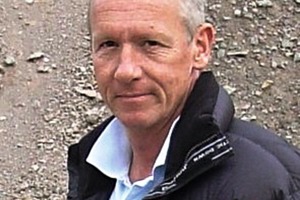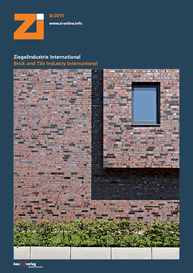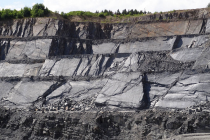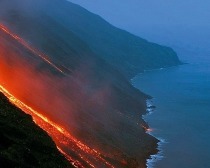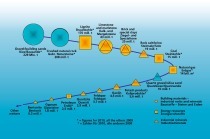The Palaeozoic – new raw material sources for the clay brick and tile industry (Part I)
The Palaeozoic, the oldest of three geological eras, holds a host of new raw material sources for the clay brick and tile industry. The reason for this trend are increasing restrictions in the granting of mining and quarrying licences. To improve deposit efficiency, more and more companies in the aggregates industry are going over to extract materials from parts of the deposit with clay impurities and/or process piles of stony earth. During mineral washing, the stones are separated from the clay impurities. In this process, considerable quantities of clay mineral filter cake are recovered. New is also the granulation of rock flours from dry processing. Fine-grained waste materials that used to be simply dumped are now available to the clay brick and tile industry as fine-grained bulk solids with particle sizes smaller than 0.2 mm. Overall, completely new raw material perspectives are opening up for the brickmakers – and that is both in respect of geological origin of the raw materials and their regional availability.
EurGeol Dr. Lutz Krakow, Dr. Krakow Rohstoffe GmbH

